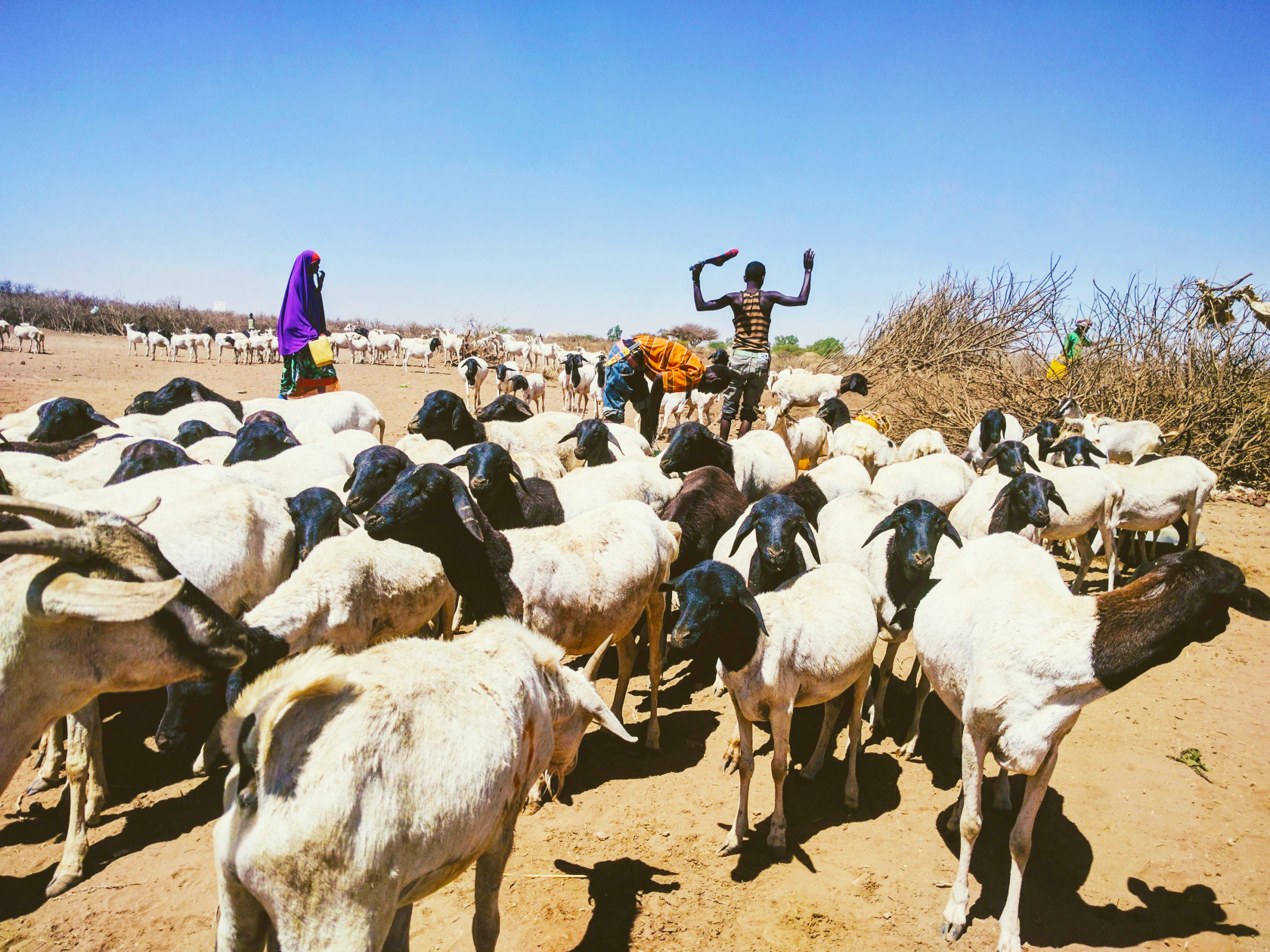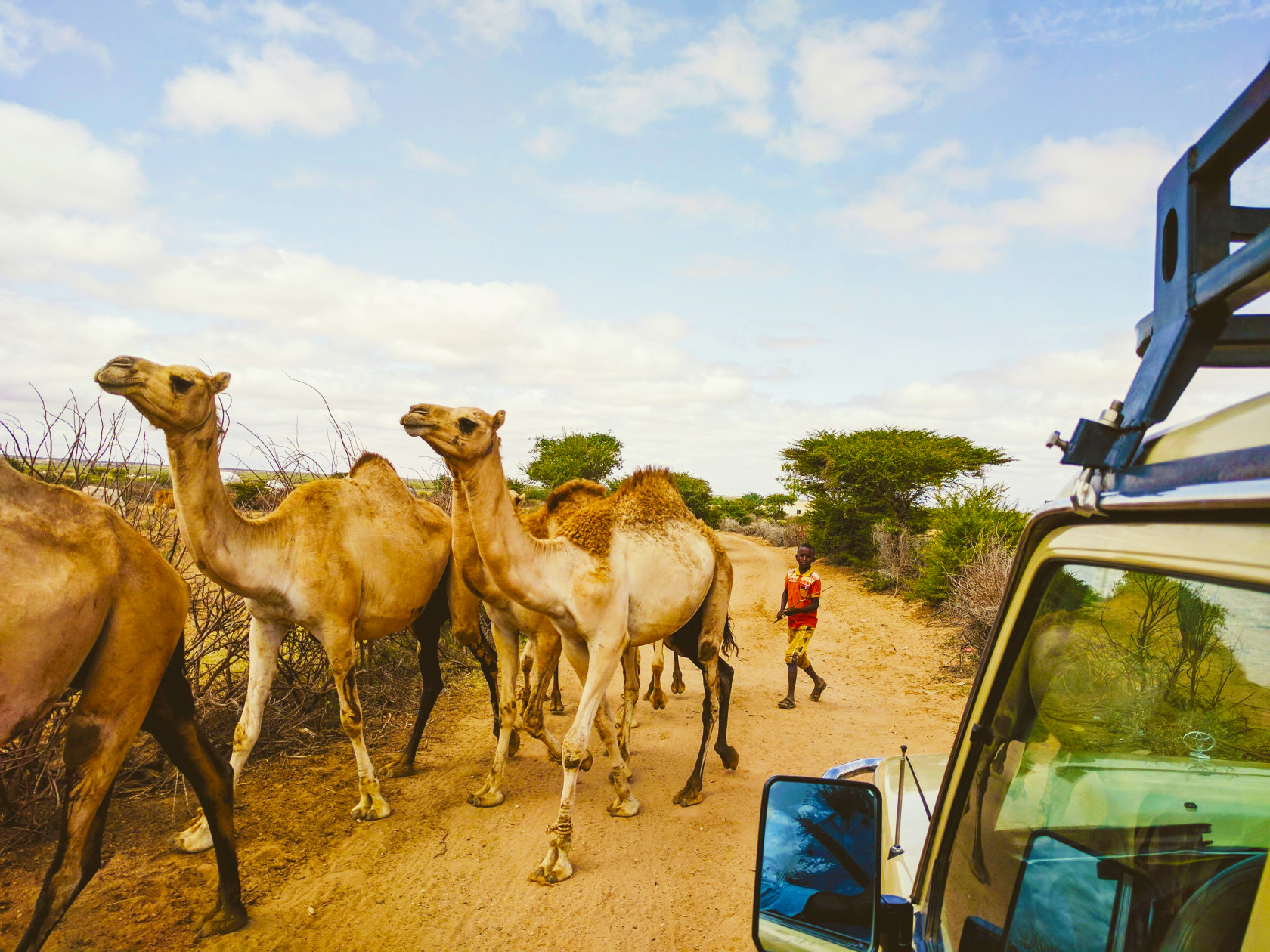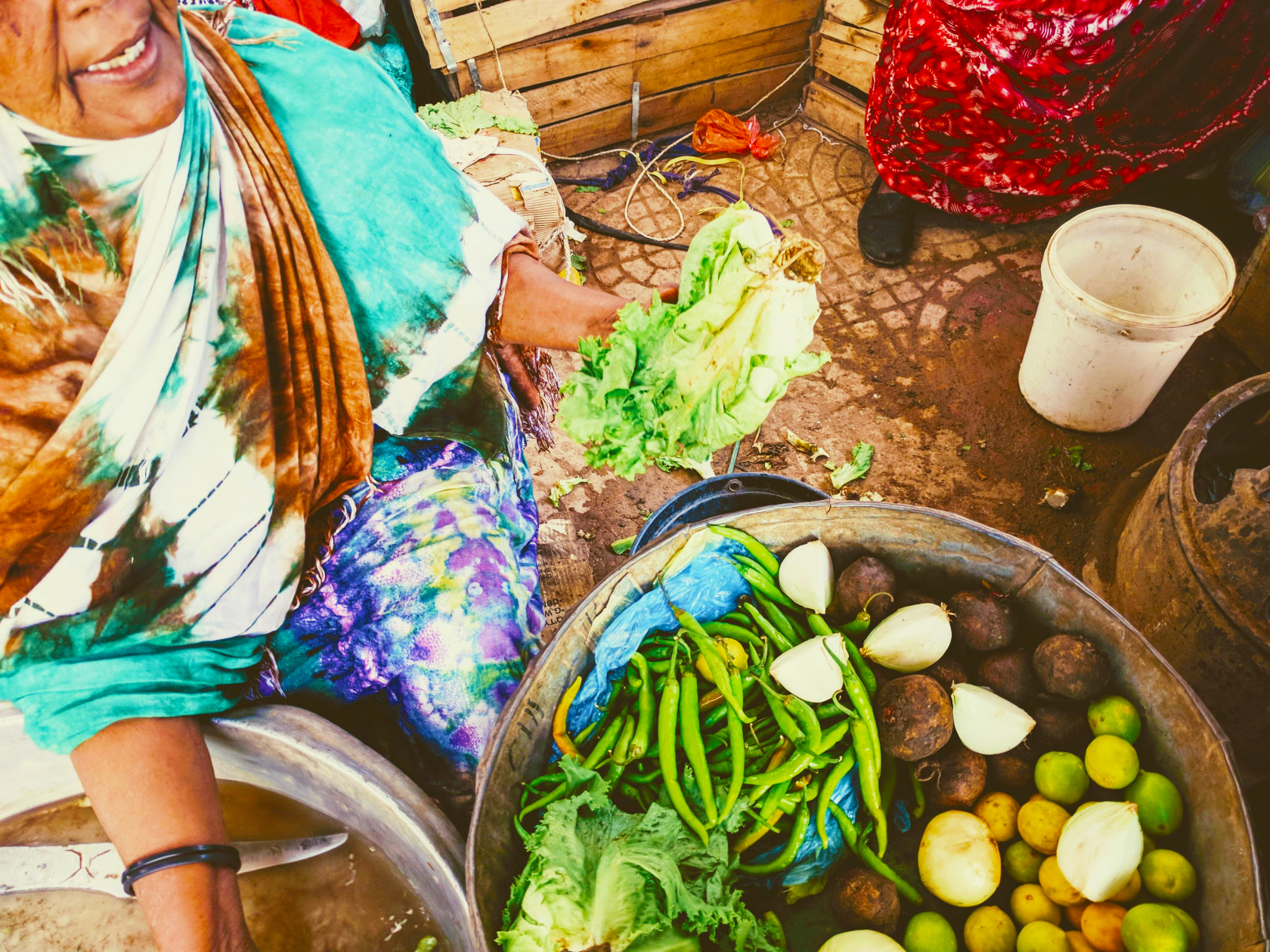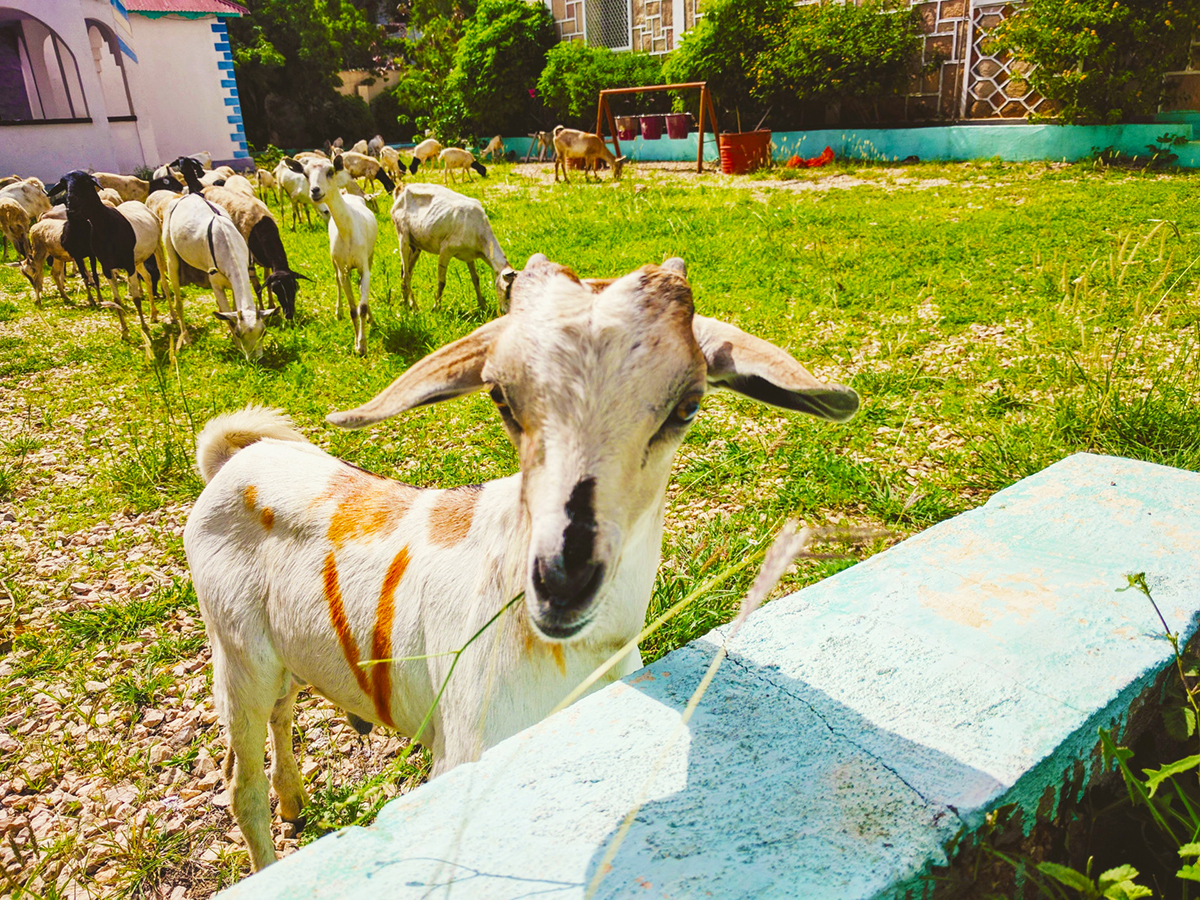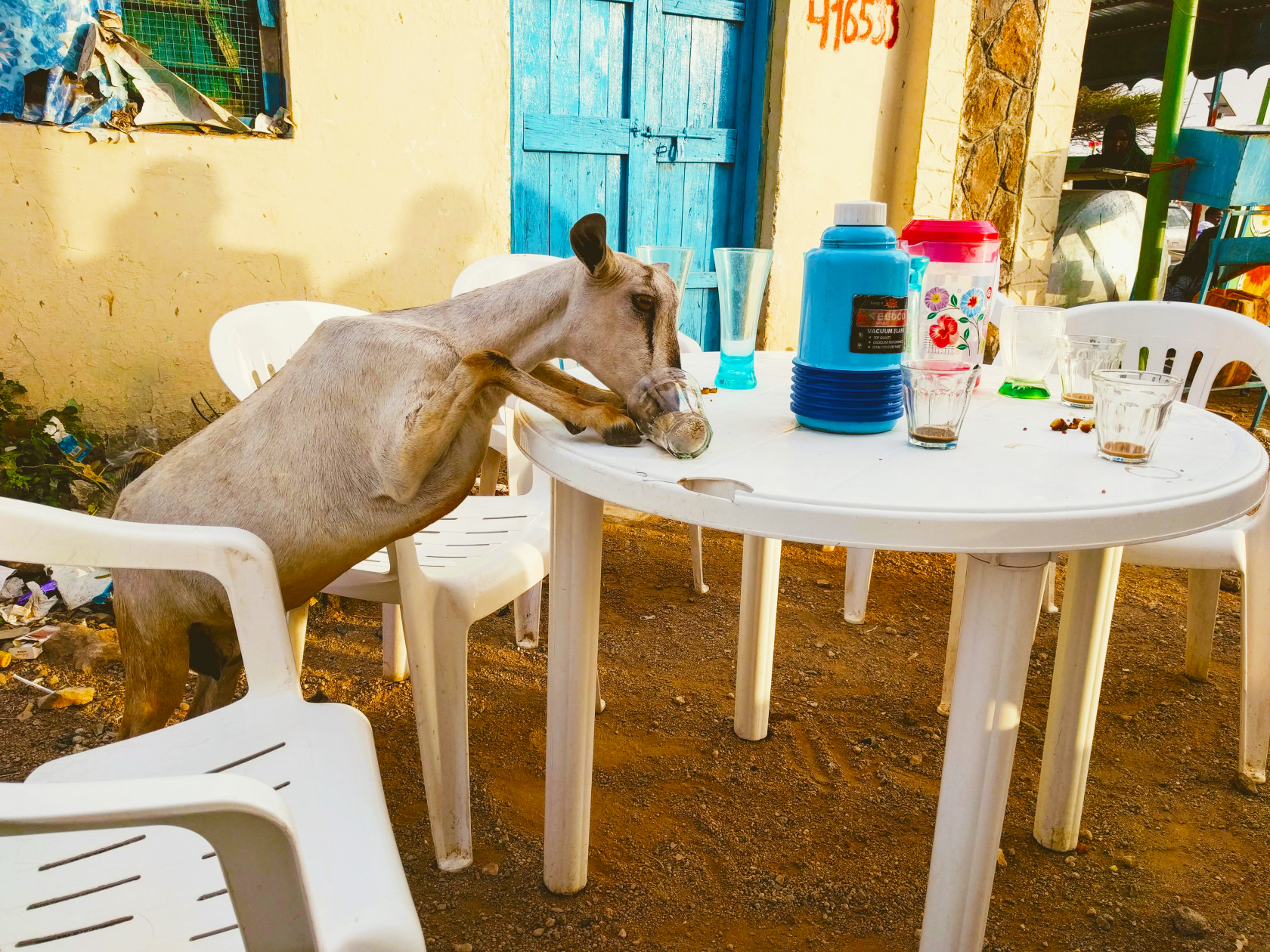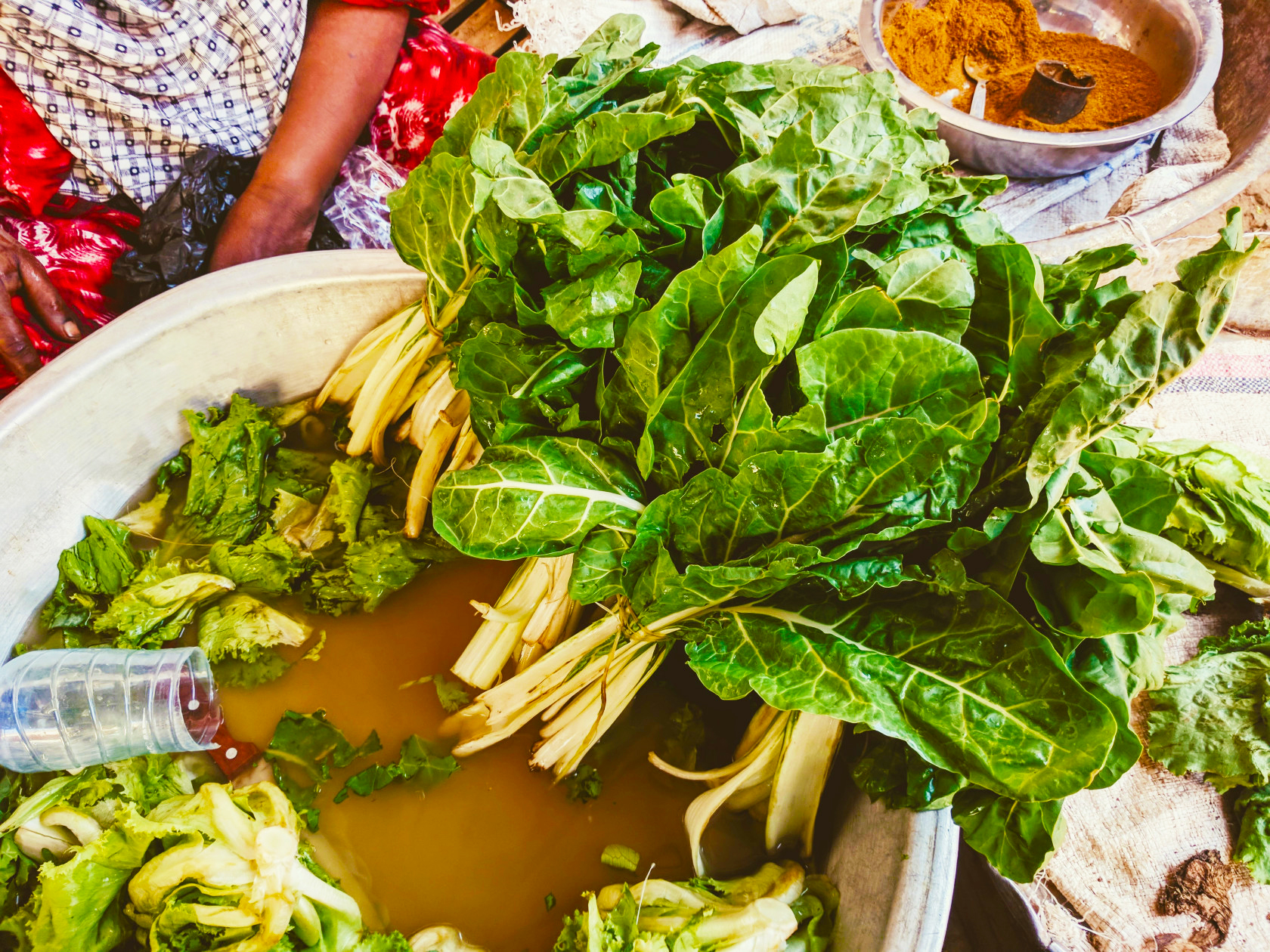Herewith, in an attempt to recapture that charm and reclaim my gratitude about life overseas, are some of the things I appreciate most about living in Hargeisa.
1. The weather. A misconception about Africa (homogeneous behemoth that it is, ahem) that I come across often is that it’s hot. Everywhere. All the time. People assume sweltering, relentless heat and constant sunshine and, I guess, zebras. That’s true in some places all the time, and it’s true in a lot of places some of the time, but in reality there are varied climates above and below the equator, in jungles and deserts and plains and on beaches, and at a breathtaking range of altitudes. The weather in Hargeisa is consistently temperate: reliably warm and sunny during the day, and cooler at night. While I admit to pining, on occasion, for the four standard seasons of my mid-western American roots (autumn, how I’ve missed you!), there’s enough variation here to get by. Winter temps drop substantially, and fog rolls over the city in the early mornings. The rainy seasons** bring a pleasant and brief humidity, and I adore the wind that insists on perseverance and good posture, sometimes just to walk down the street.
2. The morning camels. (Ok, dromedaries). To the unending delight of foreigners, camels roam the streets of Hargeisa like the royalty they are, grazing on tree tops and halting lines of cars, entirely unimpressed by the human ego. My favorite camels are the early risers that pass by our home en route from the countryside to the livestock markets downtown. If I manage to wake early enough, I can hear their hooves padding the soft dirt roads at a steady clop, and the whistles of their handlers, equally energetic. In person, camels seem like a prehistoric throwback, the unfinished artistic rendering of a long-perished cave dweller come to life, gangly and awkward and proud all at once. They’re astonishing.
3. Somali tea. It’s an omnipresent staple, especially in the mornings. Reminiscent of chai but with an emphasis on the cardamom, shaah is typically made of water, milk, and Kenyan black tea, with an assortment of hawash, or spices, like ginger, cinnamon, and black pepper, and fully loaded with sugar. It’s a comfort drink, the perfect way to start, end, or persevere through the day.
4. Anglicisms. English and Somali are the official languages of this former British protectorate, and most city-dwellers know enough of the former to greet or get by in a pinch, if they’re not fully educated in the language. After a few years in Hargeisa, various enduring Anglicisms have lodged themselves firmly in my personal vernacular, some out of habit, some due to charm, and others out of necessity. We buy biscuits at the grocery, not cookies. We wait in the queue at the bank. We watch lorries roll through town on their way to the Ethiopian border from Berbera Port, and we measure their journeys in kilometers. There are various other Italian influences come up from Somalia, including the ever-present baasto (spaghetti, macaroni, etc.) at meals, but it’s the English influence that’s particularly strong in Somaliland.
5. Nights of Ramadan. It holds true in most Muslim-majority countries that the holy month of Ramadan is a moment apart from the rest of the year. While the days are spent in reflection, prayer, spiritual contemplation and, most famously, fasting, the nights come alive, revived in tandem with the bodies of observant Muslims who took their first sips of water and bites of food at dusk, and have renewed energy to socialize in the cool night air during this magical, extended holiday. As Eid approaches, the late-night energy builds to a fever pitch, shops and tailors humming as people search for the perfect Eid outfit and buy gifts for children and loved ones. It’s an amazing time to be out in the city, when normal circadian rhythms are upended entirely, and the night has a wild energy.
6. Goats and sheep. Everywhere. Livestock persists as the backbone of the Somaliland economy, and pastoralists are undaunted by urban life; they’ve simply brought their broods with them to the city, and generations later those goats and sheep have grown accustomed to browsing the neighborhood in lieu of pasture. Families that keep livestock normally have a small tin shack outside their houses where the goats and sheep retire at dusk. During the day they roam the streets in small herds, wholly respected as living, breathing, bleating financial assets. Drivers who whiz past humans, nearly running them over, will slam on the breaks and screech to a halt to avoid a wandering goat. It’s bizarre, and funny, and it’s become normal for me to the point that I imagine sheep in my peripheral vision when I’m back home.
7. The birds. Somaliland boasts an incredible variety of bird species. In fact, ornithologists and amateur enthusiasts alike flock to this region (pun fully intended! and what a beaut!) for glimpses of the Somali Starling, the Rose-Ringed Parakeet, and the Warsangali Linnet. I’m no expert, but the shiny, neon-colored friends that dive over the garden, construct full-on bird hotels in the trees, and soar across the camel-trodden plains bring much joyful chatter to this part of the world.
8. A totally unique culture. Somali culture is remarkably distinct and intact. Somalis are not Arab, though often associated with the Gulf; they are not North or East African, though in regional proximity to each; and they’ve absorbed surprisingly little colonial influence compared to others on the continent. This lineage of poets and nomads defies aggregation or categorization, and holds itself to its own standard with pride.

9. The nearest to a cashless society. Recently, BBC ran an article on the penetration rate of Somaliland’s mobile money transfer system, the most prominent known as Zaad. While Somaliland has its own government, currency, military, and boasts 25+ years of peaceful democratic transition, it’s not yet recognized by the global community, so international banking is a non-starter. As well, the Somaliland shilling has devalued substantially over the last several years (see the wheelbarrows, stacked with shillings, rolling through town!), and the US dollar is the go-to back-up. Enter mobile money, which takes around 50% of market exchanges today. The Gates Foundation has documented the power of mobile money services, specifically Zaad, to lift women out of poverty.

10. The frenetic economic growth. Sidelined from much international aid and loans due to its unrecognized status, Somaliland’s economic growth is largely the result of private investment. With a vast diaspora and a hustler’s bent, the city of Hargeisa is growing at a remarkable pace – coffee shops, restaurants, retail outlets, even spas pop up relentlessly, and inspire regional and local investment. It’s an exciting time to be here and witness the energetic optimism.

If you get the itch, come check this place out. In the meantime, I’m working on keeping my head up, and keeping an eye on the beauty in plain sight, and in small bites.
Source: Outernotes.blog
